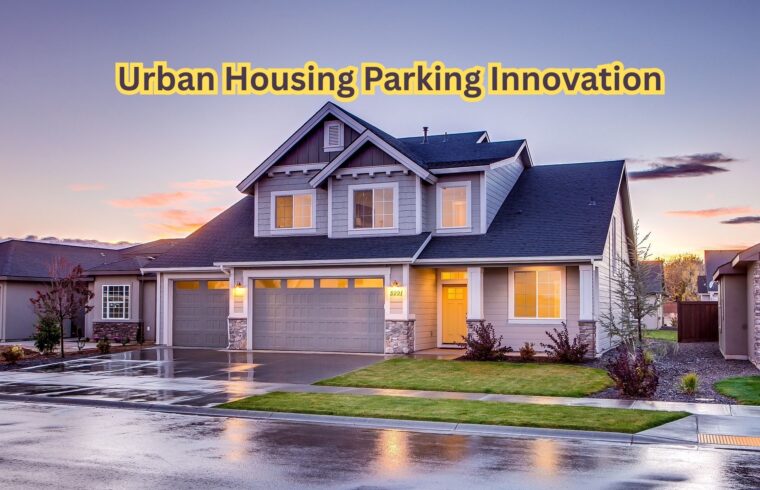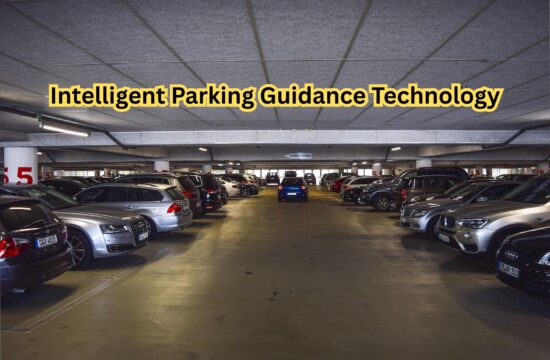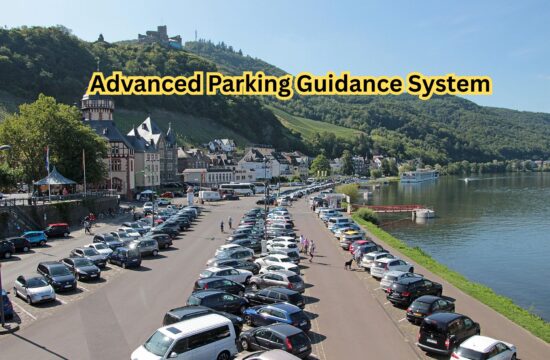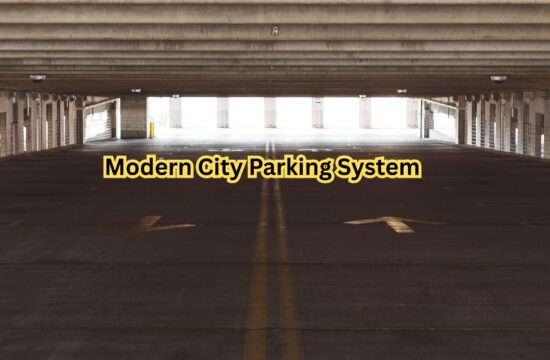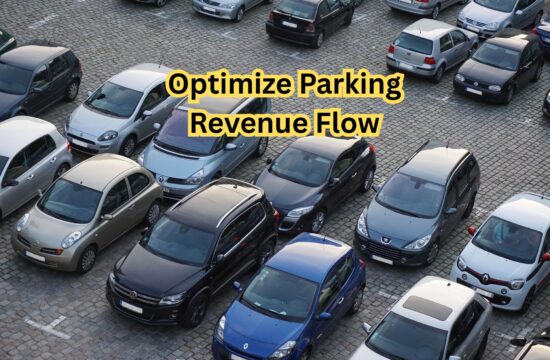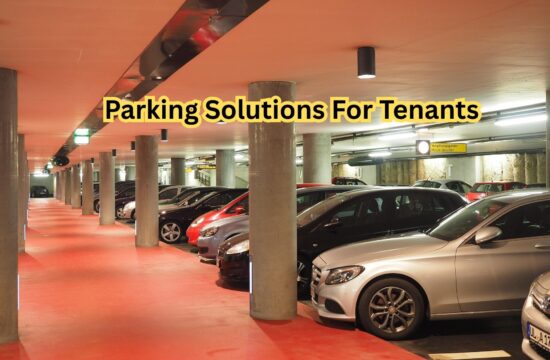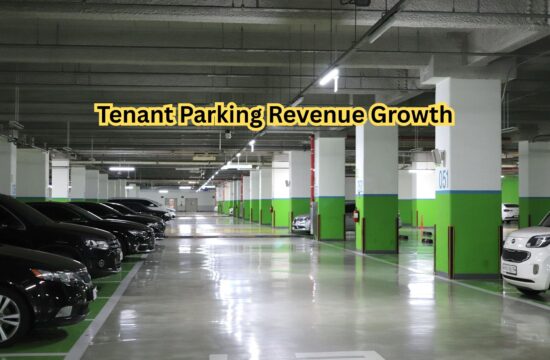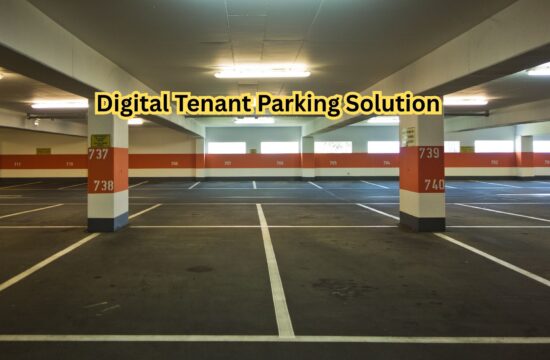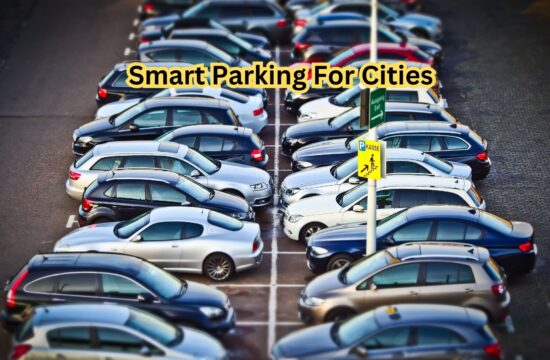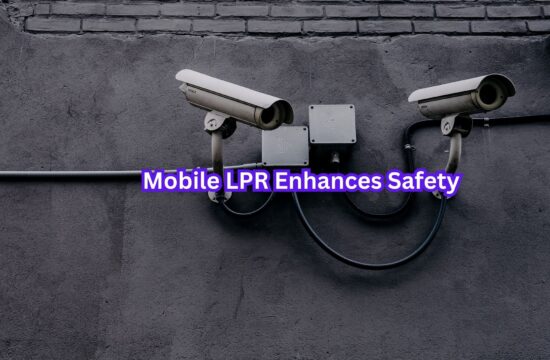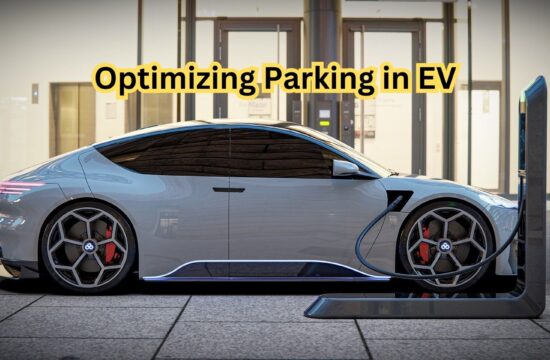Parking is a major issue for urban housing complexes all around the world. Urban Housing Parking Innovation is essential as conventional parking solutions are proving to be ineffective, costly, and space-consuming due to cities’ growing population density and space constraints. With the increasing demand for smarter use of space, Urban Housing Parking Innovation offers a sustainable approach to optimize available areas while reducing costs. In order to maintain sustainability and functionality in urban living, Urban Housing Parking Innovation is more important than ever, paving the way for smarter, space-efficient solutions in modern cityscapes.
The Shift Towards Smart Parking Systems
The management of car space in urban living is being completely transformed by smart parking systems. These systems save time, lessen traffic, and direct residents to available places using sensors, automation, and real-time data. Housing societies can maximize space utilization and provide inhabitants with an improved experience by using these technologies.
Automated and Mechanical Parking Solutions
The installation of mechanical or automated parking systems is among the most creative strategies. More automobiles may be stored in less ground space thanks to these systems, which park cars in a stacked fashion using vertical lifts or sliding mechanisms. This is particularly advantageous for apartment buildings with a shortage of available land.
Underground and Rooftop Parking Ideas
Parking on rooftops and underground spaces is becoming more and more common in densely populated urban areas. While rooftop parking offers a useful solution without increasing the building’s footprint, underground parking helps maintain a housing complex’s aesthetics and open space. These methods help improve architectural planning and land usage.
Sustainability and Green Parking
Innovations prioritize sustainability in addition to efficiency. Urban housing projects are including green parking ideas like solar-powered lights, EV charging stations, and permeable surfaces. These initiatives urge citizens to choose more environmentally friendly modes of transportation and promote eco-friendly urban development.
Community-Centric Design
Contemporary parking technologies also take community requirements into account. Urban living is becoming more livable through the installation of bike stands, shared parking areas, and pedestrian-friendly architecture. Within housing campuses, these community-focused designs foster peace, safety, and effective mobility.
Conclusion
Parking innovation for urban homes is now a need rather than a luxury. Urban developers may solve space constraints and enhance the quality of life for city people by adopting technology, sustainable practices, and smart design. How successfully we redesign and improve our parking infrastructure will determine the future of urban living.

